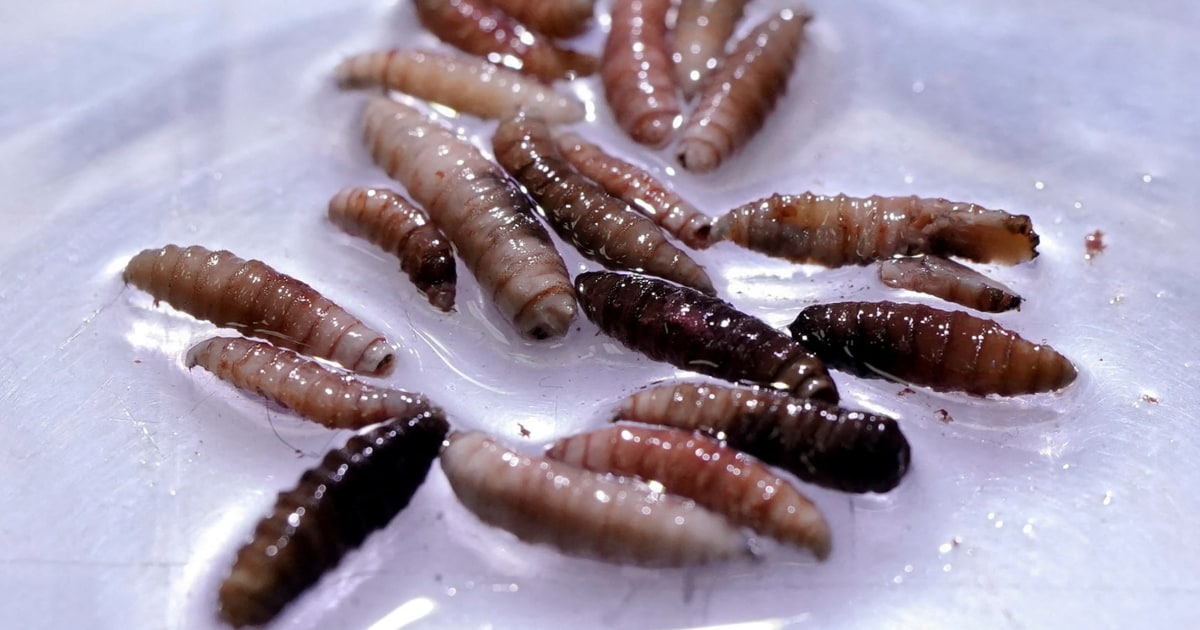First Human Case of Flesh-Eating Screwworm Confirmed in U.S., Federal Response Accelerated
First Human Case of Flesh-Eating Screwworm Confirmed in U.S., Federal Response Accelerated

The United States has confirmed its first human case of the flesh-eating new world screwworm parasite, prompting an urgent federal response to prevent its spread. The Department of Health and Human Services announced early Monday that the case, involving an individual who recently traveled to El Salvador, was confirmed by the CDC on August 4.
While officials emphasize that the risk to public health in the U.S. from this introduction is currently very low, the parasite poses a severe threat to livestock and wildlife. The larvae of the new world screwworm fly, known for devastating cattle herds, have been eradicated in the U.S. previously but have seen a resurgence in parts of Central America, including Mexico.
In response to the escalating threat, U.S. Secretary of Agriculture Brooke L. Rollins unveiled a five-part plan on August 15. A key component of this strategy involves breeding and releasing billions of sterile screwworm flies over southern Texas and Mexico. This method, which successfully contained outbreaks in the 1960s, aims to disrupt the parasite’s reproductive cycle and reduce its population. There are now calls to accelerate this sterilization plan, initially slated for implementation in “two to three years” when announced in June.
The economic stakes are high, particularly for Texas’s $867 billion agriculture industry, which supports 2 million jobs. Governor Greg Abbot warned that the entire sector is at risk, with a USDA report last year estimating potential losses of up to $1.8 billion for Texas due to livestock deaths and control measures. The federal government had previously shut down cross-border cattle trade with Mexico in July, November, and May following screwworm detections near the Texas border.
Disclaimer: This content is aggregated from public sources online. Please verify information independently. If you believe your rights have been infringed, contact us for removal.